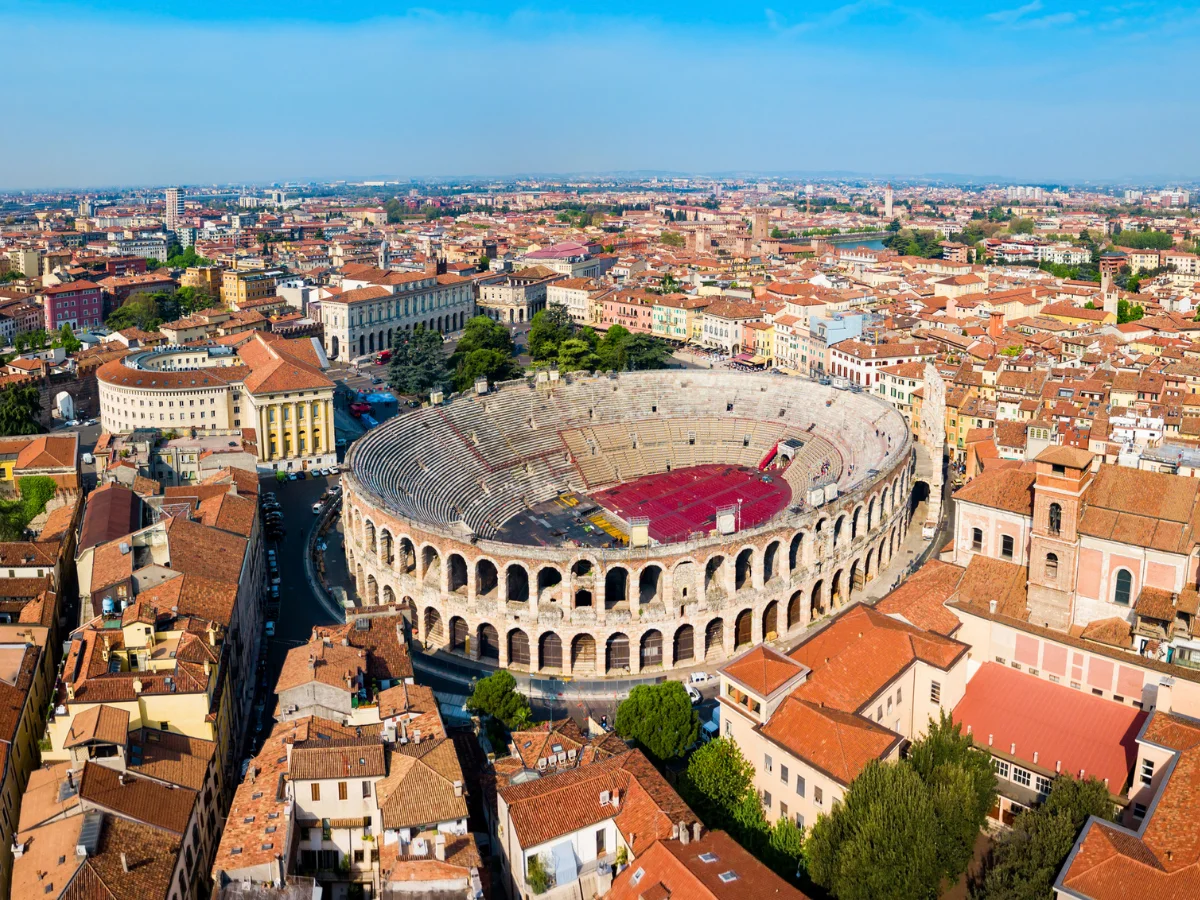Roman helmets were vital in legionary gear
Roman helmets were vital in legionary gear. The Galea, with its distinctive shape and crest, provided essential head protection while symbolizing unit affiliation. Decorative elements enhanced morale and unity among soldiers. Various helmet designs, like the Montefortino and Coolus, catered to different roles within the legion. Depicted in art and sculpture, Roman helmets immortalized their significance. Their influence persisted, shaping helmet design for generations. Roman helmets, including the Galea, remain enduring symbols of military strength and identity.

Roman helmets were vital in legionary gear
The helmets stood as crucial components in the armor of legionaries, offering protection in the fierce battlegrounds of the ancient world. These helmets were not merely pieces of metal but symbols of strength and discipline.
Protection in Battle
In the chaos of combat, a legionary’s helmet shielded the head from lethal blows, preventing severe injuries or death. Constructed with sturdy materials like iron or bronze, these helmets were designed to endure the rigors of warfare.
Iconic Design
Roman helmets boasted distinctive designs, with variations such as the iconic Galea, Cassis, and Montefortino styles. Each design provided varying levels of protection while maintaining an intimidating appearance on the battlefield.
Enhanced Visibility
Despite their formidable appearance, Roman helmets were crafted with careful consideration for visibility. Slits and apertures in the helmet’s design allowed legionaries to maintain a clear field of vision, crucial for tactical awareness during battle.
Symbol of Status
Wearing a helmet denoted more than just protection; it symbolized a legionary’s allegiance to Rome and their commitment to the ideals of duty and honor. The distinctive crest on some helmets further emphasized the wearer’s rank and achievements.
Psychological Advantage
The sight of rows of legionaries donning their helmets instilled fear in the hearts of Rome’s enemies. The helmets, often adorned with plumes or crests, added to the imposing presence of the Roman army, bolstering morale among allies and striking terror into adversaries.
Cultural Significance
Beyond their practical utility, Roman helmets held cultural significance, embodying the values of discipline, unity, and strength that defined the Roman Empire. Images of helmets adorned with laurel wreaths are immortalized in art and sculpture, serving as enduring symbols of Roman might.
Legacy
Though the days of the Roman legions have long passed, their helmets endure as relics of a bygone era. Museums and historical collections around the world proudly display these artifacts, offering glimpses into the military prowess and craftsmanship of ancient Rome.
Conclusion
In the annals of history, Roman helmets stand as testament to the ingenuity and resilience of an empire that forged its destiny on the battlefield. As integral components of legionary gear, these helmets played a vital role in shaping the course of ancient warfare and leaving an indelible mark on human civilization.



